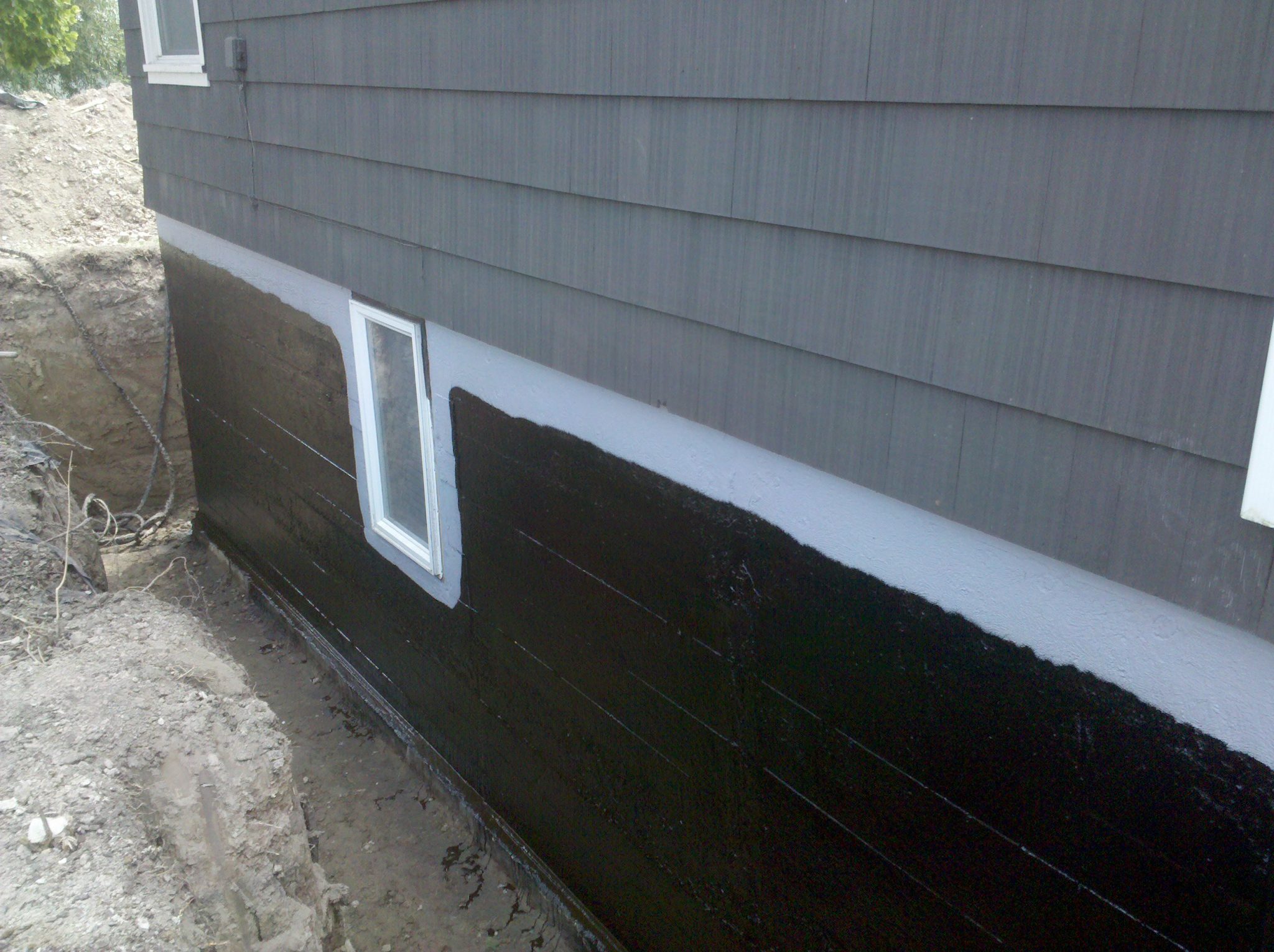DIY Basement Waterproofing Tips How to Waterproof a Basement Waterproof.com

This Picture was ranked 21 by Bing.com for KEYWORD basement waterproofing, You will find it result at BING.COM.
A cellar or cellar is a number of floors of any building that are either completely or partly below the bottom floor.[1] They are usually used as a computer program space for a building where such items as the boiler, hot water heater, breaker -panel or fuse pack, carpark, and air-conditioning system can be found; so are also amenities including the electrical circulation system, and cable connection tv circulation point. However, in metropolitan areas with high property prices such as London, basements tend to be built in out to a higher standard and used as liveable space. Basements in small properties such as single-family detached properties are unusual in damp climates such as THE UK and Ireland where flooding can be considered a problem, though they might be used on bigger set ups. However, basements are believed standard on all however the smallest new structures in many places with temperate continental climates including the American Midwest and the Canadian Prairies in which a concrete basis below the frost collection is needed regardless, to avoid a building from moving through the freeze-thaw routine. Basements are much better to develop in areas with relatively tender soils and could be foregone in places where in fact the land is too small for easy excavation. Their use may be constrained in earthquake areas, due to probability of top of the floors collapsing in to the cellar; on the other hands, they might be required in tornado-prone areas as a shelter against violent winds. Adding a cellar can also reduce cooling and heating costs as it is a kind of globe sheltering, and ways to reduce a building's surface area-to-volume proportion. The cover density of a location may also affect if a basement is known as necessary.Related Images with DIY Basement Waterproofing Tips How to Waterproof a Basement Waterproof.com
Basement Waterproofing Costs Estimated Costs to Fix a Wet Basement
Exterior Basement Waterproofing Forever Foundation Repair in Ohio
Foundation Waterproofing DONE Restoration Atlanta
Tips for Foundation Waterproofing Commercial Buildings AquaGuard Waterproofing

Komentar
Posting Komentar